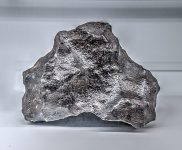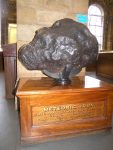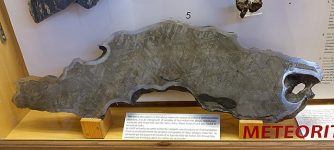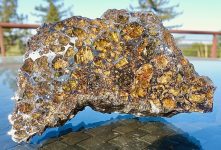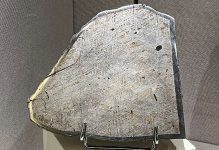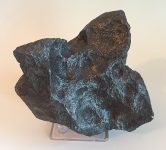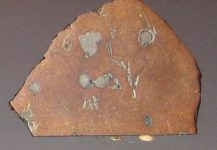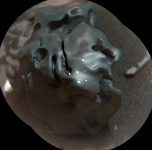iron nickel
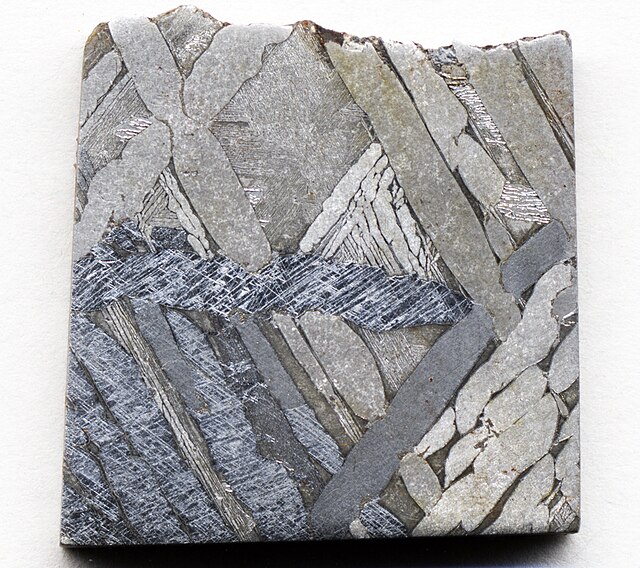
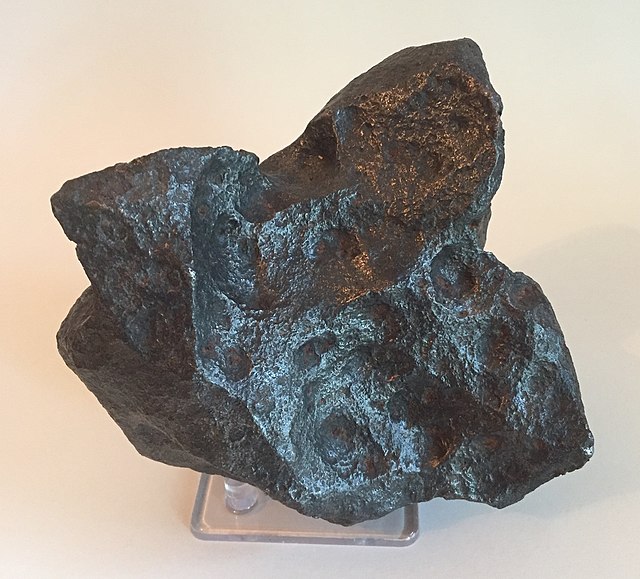

Iron Nickel
Iron-nickel meteorites, often referred to simply as iron meteorites, are a fascinating class of meteorites composed predominantly of metallic iron and nickel. They constitute about 5% of all meteorite finds and are notable for their distinct metallic appearance and crystalline structures. These meteorites provide valuable insights into the processes that occurred during the early stages of planetary formation and differentiation.
Classification of Iron-Nickel Meteorites
Iron-nickel meteorites are classified into several groups based on their structural features, chemical composition, and the presence of certain minerals. The primary classifications are hexahedrites, octahedrites, and ataxites.
Hexahedrites
Hexahedrites are composed almost entirely of kamacite and have a relatively low nickel content (typically 5-6%). They lack the distinctive Widmanstätten patterns found in other iron meteorites and often exhibit a more uniform, granular structure. Hexahedrites can be identified by their Neumann lines, which are parallel lines that form as a result of mechanical deformation.
Octahedrites
Octahedrites are the most common type of iron-nickel meteorite. They contain both kamacite and taenite and have a higher nickel content (6-12%). The intergrowth of these two alloys results in the formation of Widmanstätten patterns, which are intricate, interlocking crystal structures that become visible when the meteorite is etched with acid. Octahedrites are further subdivided into fine, medium, and coarse octahedrites based on the width of the kamacite bands.Formation and Origin
Catastrophic Disruption
Many iron-nickel meteorites are thought to be fragments of these differentiated cores that were exposed by catastrophic collisions. These collisions shattered the parent bodies, dispersing fragments into space. Some of these fragments eventually found their way to Earth, where they were recovered as meteorites.
Widmanstätten Patterns
One of the most striking features of iron-nickel meteorites is the presence of Widmanstätten patterns. These patterns are named after Count Alois von Beckh Widmanstätten, who first described them in 1808. They are formed by the intergrowth of kamacite and taenite and are revealed by etching the polished surface of the meteorite with acid.
Formation Mechanism
Widmanstätten patterns form during the slow cooling of the parent body’s metallic core. As the core cools, taenite begins to exsolve from the solid solution, forming kamacite along specific crystallographic planes. The slow cooling rate, often estimated to be around 1-100°C per million years, allows for the formation of large, well-defined crystals.
Scientific Significance
The study of Widmanstätten patterns provides valuable information about the cooling rates and thermal histories of the parent bodies of iron-nickel meteorites. By analyzing the dimensions and orientations of the patterns, scientists can infer the size and cooling history of the parent body, offering insights into the processes that occurred during the early stages of planetary differentiation.
Accessory Minerals and Inclusions
Iron-nickel meteorites often contain accessory minerals and inclusions that provide additional information about their formation and history.
Scientific Importance
Iron-nickel meteorites are of significant scientific interest because they provide direct samples of the cores of differentiated planetary bodies. Their study offers valuable insights into the processes of planetary differentiation, core formation, and the thermal history of the early solar system.
Insights into Core Formation
The composition and structure of iron-nickel meteorites provide valuable information about the processes that occur during the formation of planetary cores. By studying these meteorites, scientists can gain a better understanding of the mechanisms that lead to the segregation of metallic cores from silicate mantles and crusts.
Clues about Early Solar System Conditions
Iron-nickel meteorites preserve evidence of the conditions that existed in the early solar system. By analyzing their composition and structure, scientists can infer the thermal histories and cooling rates of their parent bodies, providing insights into the processes that shaped the early solar system.
Comparison with Earth’s Core
The study of iron-nickel meteorites also provides a basis for comparison with Earth’s core. By understanding the composition and structure of these meteorites, scientists can make inferences about the composition and formation of Earth’s core, offering insights into the processes that have shaped our own planet.
